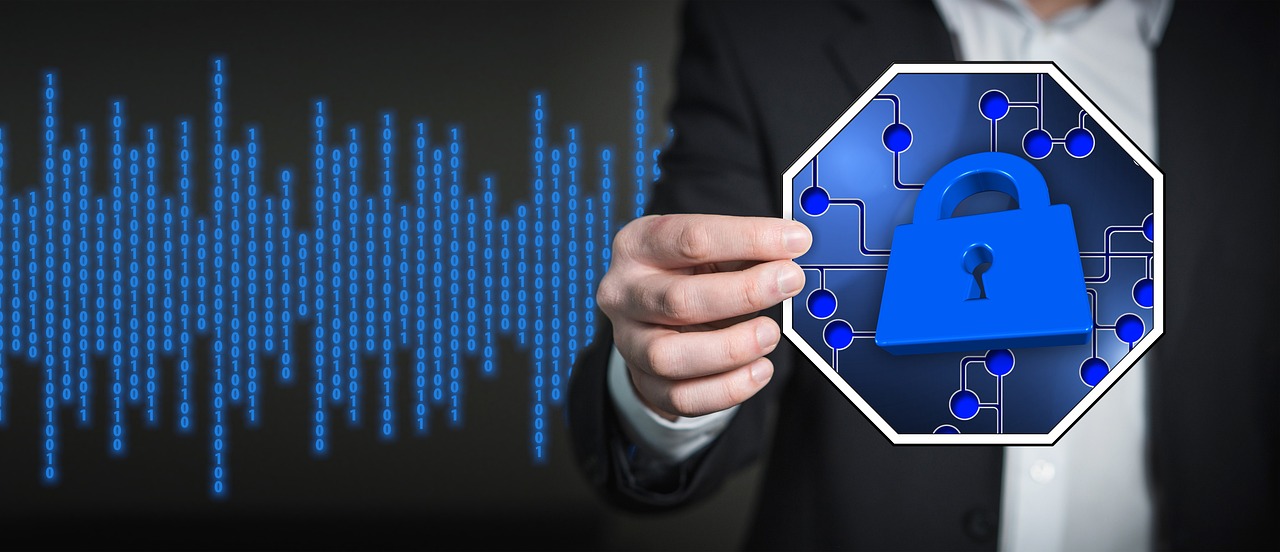Ransomware Explained: Understanding the Growing Threat and How to Safeguard Your Data
While all organizations deal with various roadblocks as they scale, few are as disruptive as experiencing a major security breach. When a company’s systems and data become compromised – often as a result of a sophisticated cyberattack like ransomware...

While all organizations deal with various roadblocks as they scale, few are as disruptive as experiencing a major security breach. When a company’s systems and data become compromised – often as a result of a sophisticated cyberattack like ransomware – it can lead to a number of long-lasting consequences for its financial stability and reputation.
One of the most difficult challenges organizations face when protecting their digital assets is understanding how modern cyber threats have evolved over the years and what they can do to better secure their systems.
Thankfully, some effective strategies can be implemented to better identify these threats before they happen and minimize the damage that successful ransomware attacks have on businesses.
The Escalating Danger of Ransomware Attacks
The topic of cybersecurity can be an intimidating one for businesses to discuss. This is especially the case if they haven’t prioritized security initiatives in the past or simply lack the full depth of how serious many modern-day cyber attacks can be.
To put things in perspective, ransomware has become one of the most prevalent forms of cyber attacks around the workplace. In fact, a recent study that polled the security status of multiple businesses representing several different industries found that 71% of them reported that they experienced some form of ransomware attempt in the last year.
The reason why cyber attackers are choosing ransomware as their preferred method for carrying out criminal activity has to do with how quickly these attacks can be distributed. Today, there are many different ways ransomware can be injected into unsuspecting victims’ systems.
Simply opening an unverified document in an email or visiting a website with malicious web scripts installed is all it takes for malware to infect and take over connected systems and databases.
If this happens, many businesses that don’t have the proper recovery tools in place feel like their only option is to pay the ransom cybercriminals set, fueling the frequency and severity of these attacks over the years.
Why is Ransomware Becoming So Prevalent?
What makes ransomware so dangerous is how effective it is when encrypting data and completely disabling an organization’s ability to remove it once it has been triggered.
Over the years, available technologies have made it possible for cyber attackers to modify and significantly improve the level of sophistication used when executing these attacks. At the same time, most modern businesses have digitized much of their operations, expanding their infrastructures into cloud-based environments and using interconnected technologies.
As organizations continue to expand their digital footprints, these also double as larger attack surfaces (or entry points) that cyber attackers can use and exploit. This has made it much easier to find suitable targets for ransomware campaigns and gives attackers multiple attack vectors to work with in order to compromise a system.
Another challenge businesses need to contend with is how quickly threats are evolving. While some organizations may have prioritized certain cybersecurity initiatives in the past, they may often become outdated or no longer capable of protecting the organization from more advanced ransomware techniques.
Proactive Measures for Keeping Your Business Safe
One of the most effective ways to protect your business from cyberattacks like ransomware is by proactively taking them seriously. By prioritizing cybersecurity, you can significantly reduce the risk of becoming a target.
The reality is that the scale at which ransomware can now be distributed makes it much more likely that, as the years progress, most organizations, regardless of their size, will become intended or even unintended targets for an attack.
However, there are some protective measures you can put in place to reduce the likelihood of becoming a victim:
Implement Essential Security Protocols
It’s important to prioritize the implementation of various security protocols in your business to successfully reduce your attack surface and harden your systems. But before investing in various solutions or making major changes to your operating state, you’ll first need to know what to work on first.
Auditing your systems using benchmarks established by industry-leading security organizations is a great place to start. Depending on the type of business you operate, following guidelines specific to HITRUST certifications or SOC and ISO standards when configuring your systems and implementing security measures can help your organization ensure it follows best security practices at all times.
Conduct Vendor Assessments
As more organizations rely on cloud services and third-party partners to deliver services to their businesses and customers, regularly evaluating the security readiness of supporting vendors has become even more critical. While you may be investing heavily in improving your own organization’s security posture, this may not be the priority of the vendors you’re working with.
Conducting regular vendor assessments is critical to practicing due diligence with your partners and monitoring and controlling your company’s complete risk profile. This involves a comprehensive audit of the policies and active measures your partners have put into place to reduce security risks and protect business and client data.
Invest in Penetration Testing
Organizations can implement various security protocols to help keep their businesses secure. However, waiting until a ransomware attack is attempted to assess their effectiveness isn’t a safe or sustainable way to test your cybersecurity readiness.
Penetration testing is an invaluable service that businesses can use to simulate actual cyberattacks against their security protocols. By working with highly skilled cybersecurity professionals to assess and report on your system and network vulnerabilities, you can safely address them before they become a major liability for your business.
How to Mitigate the Damage of a Successful Ransomware Attack
Unfortunately, even when companies adopt a more proactive security stance when protecting themselves against cyber threats like ransomware, there is always the possibility that systems or databases become compromised.
To mitigate the potential damage that these scenarios can cause to the business, there are some important things you should do:
Evaluate Your Insurance Options
It’s important to know that only around 60% of organizations are ever able to retrieve their encrypted data when they decide to pay a ransom. In nearly all cases, the better option is to have a financial safety net in place that can be used in the event your organization needs to recover from an attack.
Investing in cybersecurity insurance ahead of time can be a safe and reliable way to ensure your business has the resources necessary to recover should you ever need it.
Prioritize Incident Response Planning
Planning for the worst-case scenario for your business is essential to minimize any damages the business can incur from lengthy system downtime. Incident response planning is an essential part of this and provides a systematic process for recovering critical systems and reversing any operational issues caused by a security breach.
Work With a Qualified Managed Security Service Provider
Even if your business already prioritizes cybersecurity, establishing a strong security foundation can seem challenging. However, with the right approach, you can build a robust defense system that safeguards your organization effectively.
Managed Security Service Providers (MSSPs) can be invaluable resources for helping your business become much more secure. Rather than providing in-house security teams, you can outsource all of your security needs to experienced industry professionals who can help you implement and monitor all of your security measures.
Don’t Become Another Statistic
Every year, ransomware attacks continue to trend upwards in frequency and organizations caught unaware could see potentially devastating consequences.
By keeping aware of how these attacks are evolving and taking proactive steps to mitigate the risks, organizations can reduce the likelihood of becoming another damaging statistic.

 Lynk
Lynk 
































